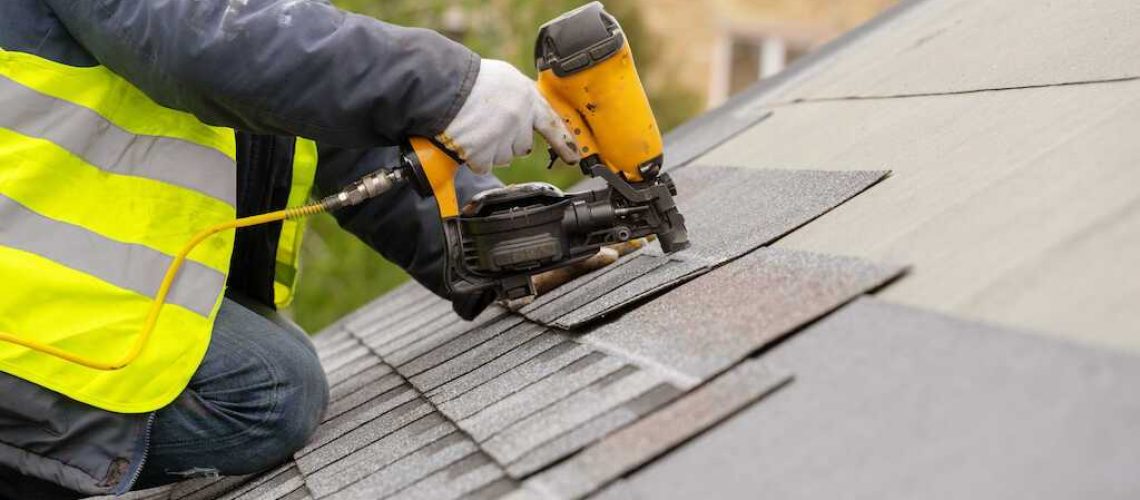Did you know a roof installation can bring an almost 80 percent return on investment?
With so much to gain, getting a new roof doesn’t seem as painful, but it definitely can be. With a bad roof installation, an entire world of problems can arise and it’s important to know how to spot them. Luckily, we’re here to help.
Read on to learn everything you need to know about roof installation issues and what you can do to fix them.
1. Damaged or Missing Shingles
Damaged or missing shingles aren’t a problem if there was recently an extreme weather event. However, if you just got a new roof and it’s already showing signs of wear, you might have a few problems on your hands.
If a small storm passes through and you notice your shingles have fallen off while your neighbors are intact, this is a surefire indicator that the contractor you hired didn’t install things properly. It’s important to call an experienced roof contractor out to have a look at the problem.
2. Missing Drip Edges
Drip edges are metallic sheets installed on your roof to protect any board that’s under the edging. When done correctly, the drip edge should be installed in the middle of the shingles and the underlayment. This helps ensure your roof’s structural support remains intact and prevents leaks.
If your roof is missing this, you’re a lot more likely to face rotting, water damage, mold, mildew, standing water, and even erosion around your home’s foundation.
3. Lack of Uniformity
A properly installed roof will begin wearing uniformly on its sides. If a badly installed roof is your problem, though, you’ll probably notice something different. Things like different colored shingles, missing drip corners, and reused vents might start to pop up. You might even notice that entire sections of your roof are different.
To catch this early on, be sure to inspect every side of your roof frequently to ensure one side isn’t wearing too fast.
4. You See Stains
Seeing dark stains on your roof is another strong indicator of a poor installation. While it can take a while to do any major damage, you’ll start noticing problems in your attic, like roof leaks. At that point, though, you might have more than roofing issues on your hands.
Isolated leaks are easy to repair without replacing the whole roof, but severe damage is a different story. If you notice multiple dark spots on your roof, or areas where shingles have been worn down, it can point to a much bigger problem that requires significant repairs.
5. Roofing Materials Were Attached Incorrectly
This is a more common problem, but it can still have negative impacts. Whether it’s attaching materials with the wrong type of nail or simply using the wrong materials, it’s inevitably going to lead to damage.
The worst part when it happens — it’s completely preventable.
Be sure to conduct thorough research before you choose a contractor, and conduct a thorough interview when they come to inspect your roof. Ask about their credentials, license, insurance, and what kind of materials they use on roofing.
Improper Nailing
If they use the wrong kind of nails on your roof, it can lead to leaks. There’s a certain type, grade, and size that need to be used, and they also need to be driven into the roof correctly.
Hardware Mistakes
Sure, your roof requires shingles, but it also requires flashing, drip edges, underlayment, vents, and decking. All those different components require a certain nail type, which is vital if you want a properly installed roof.
When your contractor doesn’t make these mistakes, everything will be easier to maintain and care for for the lifespan of your roof as a whole. You won’t have to worry about problems arising since you’ll know everything was taken care of.
6. Lack of Attic Ventilation
Having proper attic insulation is crucial for the lifespan of your roof. Without it, any air and moisture will stay trapped, meaning a shorter lifespan for your roof and potential mold problems later down the line.
Not only is mold an issue for your family’s health, but roof problems are a safety hazard as well.
Trapped hot air can literally burn up your roof, causing any adhesives in your roof’s decking to deteriorate, leading shingles to curl or crack. Trapped cold air can cause condensation, causing your decking to swell and things to begin to appear wavy.
If you notice this happening, it’s important to call a contractor. However, you can prevent it from happening by asking your contractor to climb into the attic to inspect things when they come for their initial visit.
7. Reused Flashing
If you’re spending the money on a new roof, then you should be getting all new materials. Bad contractors can make a habit of reusing old flashing to help cut costs, but the effects can be detrimental to your roof. It’s also a complete violation of municipal code.
Reused flashing can be dangerous, and it can lead to leaks from a lot of spots on your roof. Any good contractor is only going to use brand-new materials for your project.
Do You Have a Bad Roof Installation?
Once you know the signs of a bad roof installation, it’s almost impossible to not keep an eye on yours. If you get a new roof and you notice any of these signs, it’s important to contact a reputable roofing contractor to fix the problem.
Luckily, we’re here to help. Contact us today to get started.




